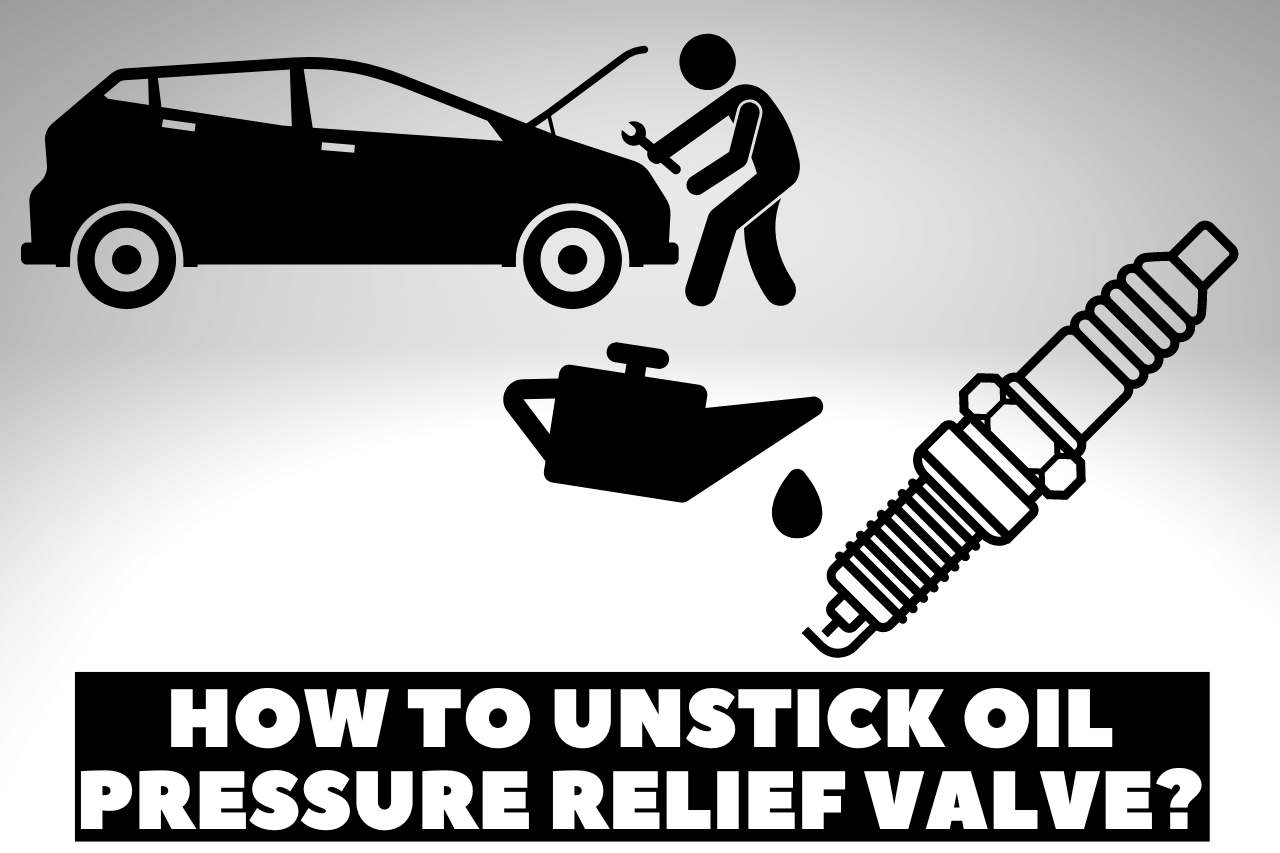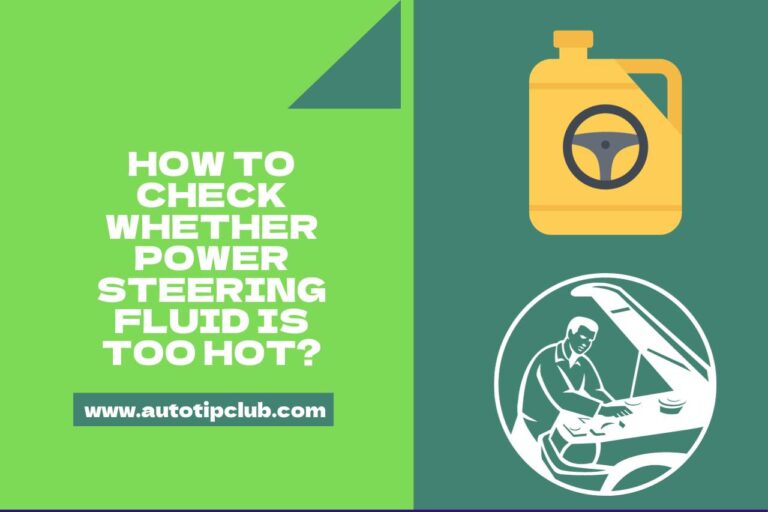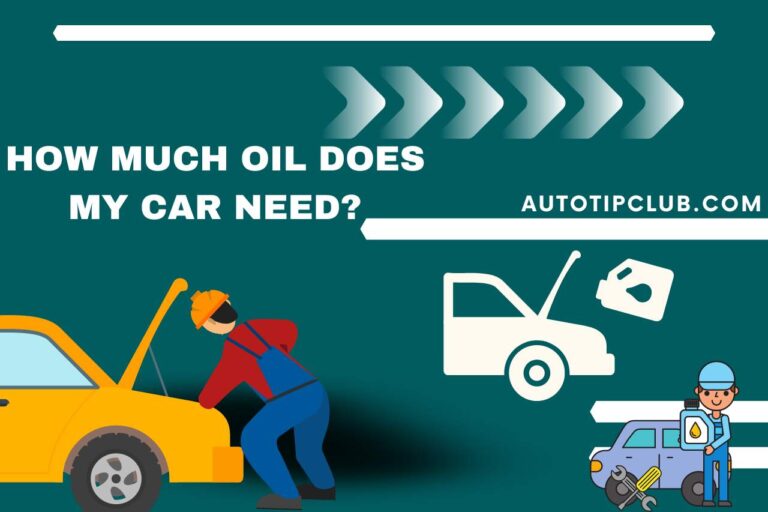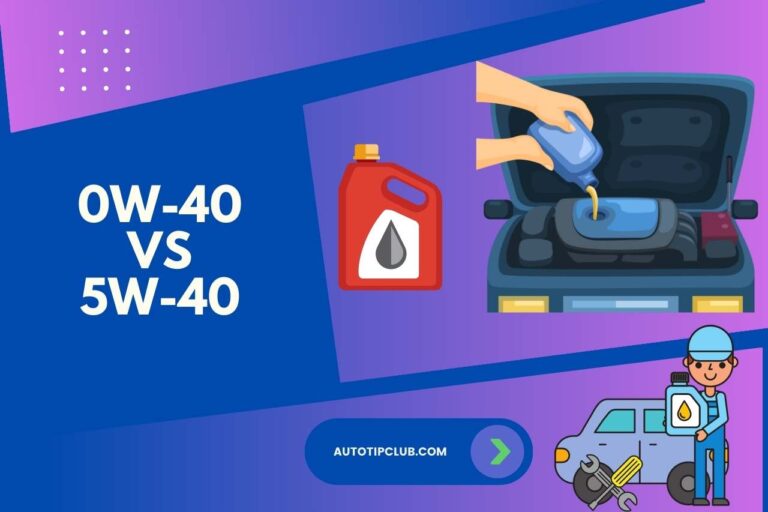How to Unstick Oil Pressure Relief Valve? – The Full Explanation!
It is crucial to maintain a working oil pressure release valve. This is due to the fact that the oil relief valve is in charge of controlling how much oil goes through the cylinder. In order to preserve motors, oil pressure relief valves in automobiles primarily regulate and track oil levels. Nevertheless, the accumulation of dirt and corrosion elements causes these stress-release valves to jam readily. The longevity of a vehicle engine rapidly decreases when they are jammed. The machine may boil and seize up if the oil pressure release valve gets jammed. It’s crucial to understand how to release an oil relief valve that has been stuck in order to avoid this from occurring. So, how to unstick oil pressure relief valve? Let us find out.
What Is Oil Pressure Relief Valve?
The oil pressure relief valve guarantees that the oil level at the components stays consistent regardless of how quickly or slowly the motor operates. Oil pressure valve opens extra lubricant to flow while the motor operates quickly.
The oil relief valve is often found near the oil reservoir at the pulley side of the motor. Oil gets sticky and chilly once the engine is running cold. The oil pressure relief allows fluid to pass straight from the oil reservoir to the joints.
The oil gets hotter and skinnier as the motor warms up. With no oil pressure relief valve, large amounts of oil could overflow into the mechanical parts and spatter over the contact surface, causing excess oil usage and a reduction in total motor output.
Maintaining a car’s oil pressure relief valve in excellent functioning requires routine regular maintenance. The optimal time to get the car serviced is usually specified on the scheduled maintenance for most new automobiles, although many professionals advise doing it every 6,000 kilometers. If a motorist doesn’t do routine oil changes as part of their service, sticky valves might develop due to the lack of flowing fluid oil.
Where Is Oil Pressure Relief Valve Located?
The oil pressure relief valve is a component in almost all contemporary vehicles. No matter how quickly or gently the vehicle runs, the fluid level at the connectors stays constant thanks to the oil pressure release valve. The additional lubrication can flow while the motor operates swiftly because the oil pressure valve is opened.
The oil relief valve is frequently placed near the oil reservoir on the car’s pulley side. The oil pressure relief valve is situated in the oil pump housing, specifically behind the timing gear, within the motor.
Symptoms of a Bad Oil Pressure Relief Valve
You’ll notice certain changes in how the valve functions as quickly as it latches. For the reliability of your vehicle, it is crucial that you are mindful of these caution indicators. You face the risk of harming your vehicle if you don’t.
Among the most typical warning signs of a blocked valve include:
- A blocked oil relief valve may potentially be the cause of power outages.
- Your motor may have a malfunctioning valve if it is generating unusual vibrations.
- Inspection should be done as soon as feasible if you notice a noisy sound emanating from the engine.
- Occasionally, the engine warning indicators may turn out, indicating that an oil pressure relief valve is jammed.
- The motor becomes noticeably warm.
- A heated engine seems to be another sign of a blocked release valve.
We have since looked at a variety of signs that an oil pressure release valve is blocked. Let’s now talk about how to solve it.
How to Unstick Oil Pressure Relief Valve?
A blocked oil pressure relief valve is a frequent issue worldwide. Going to the vehicle repair every month when you could just do it yourself is not a wise choice.
It helps you preserve a bunch of cash and effort. Three techniques will enable you to effectively unstitch the relief valve and solve such lubricating oil issues.
- Employing air pressure
- Raising the oil’s pressure
- Changing the relief valve for oil pressure.
Utilizing Air Pressure to Disconnect Sticky Oil Pressure Relief Valves
The least recommended and typically used approach is this approach. The PRV has to be inspected, and air pressure equivalent to 115 PSI should be used. At all costs, avoid raising the pressure if the pressure relief valve is jammed.
Unjamming Oil Pressure Relieving Valves by Boosting the Pressure of the Liquid
Typically, this applies to newer PRV. By raising the oil pressure, you may check the valve to see whether any sediment or particles trap it.
The first two treatments suggested are like first aid; assuming they are successful, the valve is functional for a time. A better substitute may be the long-term answer.
Nevertheless, if you follow the right instructions, changing an oil pressure relief valve is not difficult. There are two stages to the overall process: Taking off the pressure relief valve for blocked oil, examining it, and restoring it
Therefore let’s get right to the technique.
Substituting the Oil Pressure Relief Valve
- You must first eliminate it before arguing that this is an entrance technique.
- Before you do anything, consult the device’s maintenance handbook for detailed instructions and the locations of the components.
- Don’t neglect to wear safety glasses and gloves. These serve as safeguards while employing solvents or lubricants.
- Empty the lubricant from the oil pump output into a bucket initially. No oil must be left behind to make your cleanup task more difficult.
- Then, utilizing an Allen key, gently remove the drain stopper. Set the previous one away. Put a fresh drain stopper in its position.
- Remember to replace the old, dirty engine oil screen after removing the old one. Reusing the old one will cause the new PRV to rust or become blocked.
- Discard all of the leftover oil afterward. Your motor needs some new lubrication.
- Next, using the puller equipment, release the oil pressure relief valve. The primary step in this procedure is this. When removing the cylinder valve, be patient.
- Following disconnecting the old valve, check for signs that it has any harm. Absorb the liquids from within and wipe down the valve if the fluid pressure release valve is not sufficiently broken. Furthermore, if the old version appears to be working all right, don’t hesitate to consider installing a new oil pressure relief valve.
- Lower the pressure to 200 PSI by adjusting the pressure release valve. You can see that it has been reset. Keep the pressure low steadily by lowering it, then stop the compressor.
- After that, twist the screw and make sure everything is operating as it should.
How Much Does It Cost to Clean Oil Pressure Relief Valve?
Three factors will affect how much it will cost to repair the oil pressure relief valve. They consist of the following:
- The components’ price
- service charges
- Vehicle version
The price of new components ranges from $99 to $199. The price of labor ranges from $70 to $200.
Furthermore, an oil pressure release valve typically costs between $299 and $349.
More Like This: Check Out These Related Articles
- What Does a Car Sound Like When It Needs Oil?
- The Truth About Transmission Fluid: Does It Expire?
- How Long Does an Oil Change and Tire Rotation Take? [Find Out]
- Vacuum Leak Sound When Accelerating – Solving The Mystery!



My name is Robot McCullum, and I’m an Automotive Engineer with 20+ years of experience in the automotive field. I’ll give you step-by-step instructions for recognizing and fixing complicated technical problems in an uncomplicated manner. www.AutoTipClub.com, is your best resource for in-depth tutorials, insightful tips, and practical advice designed and developed either for seasoned vehicle collectors or daily drivers.



![How to Reset Oil Life on Chevy Malibu? [All About Chevy Malibu]](https://autotipclub.com/wp-content/uploads/2023/03/what-kind-of-oil-does-a-chevy-malibu-take-1-768x512.jpg)

![How Long Does an Oil Change and Tire Rotation Take? [Find Out]](https://autotipclub.com/wp-content/uploads/2022/12/How-Long-Does-an-Oil-Change-and-Tire-Rotation-Take-768x512.jpg)

